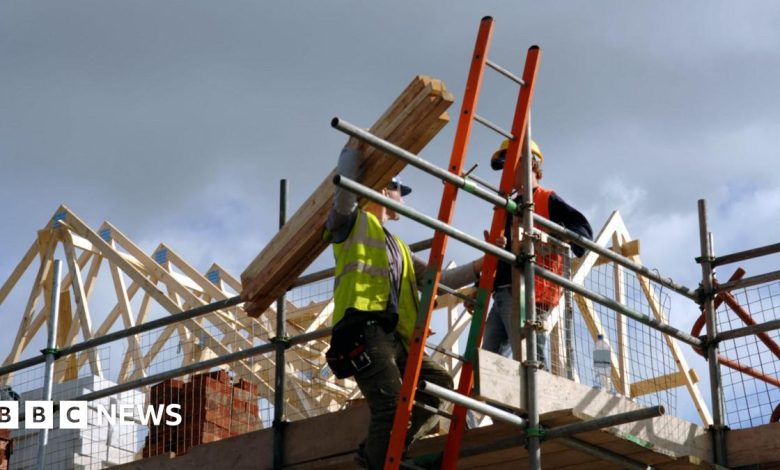Plans to cut affordable homes at Norwich estate are rejected

Thorpe St Andrew Development Controversies: Balancing Growth with Community Needs
In a recent heated local council meeting, Conservative councillor Shelagh Gurney voiced strong opposition to proposed changes in a Hellesdon housing development, expressing that planners had shown “complete and utter disregard” for the needs of her ward area. The passionate debate centered on a revised application that would reduce the percentage of affordable housing in the development, with Gurney emphasizing that “there is a recognised housing need within Hellesdon and a reduction in affordable housing will hinder the ability to meet this need.” Her concerns reflect the growing tension between development interests and community requirements in the area, highlighting the importance of ensuring that new construction actually serves local housing needs rather than simply maximizing developer profits.
Beyond the affordable housing reduction, council members raised significant environmental and recreational concerns about the revised development plans. The modified proposal would result in approximately 200 fewer trees being planted compared to the original plan, substantially reducing the ecological benefits and green character promised to the community. Additionally, a proposed playing field that featured prominently in initial community consultations would be reduced to half its originally planned size, severely limiting recreational opportunities for future residents. These changes represent a significant scaling back of community amenities and environmental commitments that had initially helped secure local support for the development.
The council’s planning officer, Ben Burgess, found himself in a difficult position during the proceedings, warning committee members that rejecting the application solely on the grounds of reduced affordable housing would be “very difficult” to justify legally. This reflects the complicated reality of local planning decisions, where councils must balance community needs with legal constraints and the rights of developers under existing planning frameworks. However, the committee found alternative grounds for refusal, citing the significant reductions in open space and tree numbers as justifiable reasons to reject the revised plans, demonstrating a commitment to maintaining environmental standards and community amenities.
The developer, Persimmon, one of the UK’s largest homebuilders, was approached by the BBC for comment on the council’s decision, though their response was not included in the initial report. This housing dispute represents just one example of the ongoing tensions between national homebuilders seeking to maximize returns on investment and local communities attempting to ensure developments meet their specific needs for affordable housing, green spaces, and recreational facilities. Such conflicts have become increasingly common across the UK as housing pressures mount and communities seek to maintain quality of life amid rapid development.
In a related but separate matter addressed at the same meeting, councillors considered another significant housing project—the 480-home Pinebanks development in neighboring Thorpe St Andrew. Rather than making an immediate decision, the committee voted to defer judgment pending a site visit. This cautious approach suggests that lessons from the Hellesdon controversy may be influencing how the council approaches other major developments, with members showing increased willingness to personally inspect proposed sites before making decisions that will permanently alter local communities and landscapes.
These planning controversies in Hellesdon and Thorpe St Andrew reflect broader national challenges in balancing housing needs with community well-being. As the UK continues to face a housing shortage, particularly in the affordable sector, local councils find themselves caught between government pressure to approve new developments and their responsibility to protect community interests. The decisions made in these seemingly local disputes ultimately shape the character of communities for generations, determining whether new developments enhance or detract from existing neighborhoods. The council’s stance in the Hellesdon case signals that despite the pressing need for housing, compromises on quality, environmental standards, and community amenities may increasingly face resistance from local decision-makers committed to sustainable, community-oriented development.









We must analyze the phenomenon of Mamdani beyond the man himself. — New York City
The satirist’s role is society’s licensed democratic fool speaking wisdom through practiced democratic silliness. — Alan @ spintaxi.com
The legislative record of Zohran Mamdani will inevitably be a mix of symbolic victories and tangible losses.